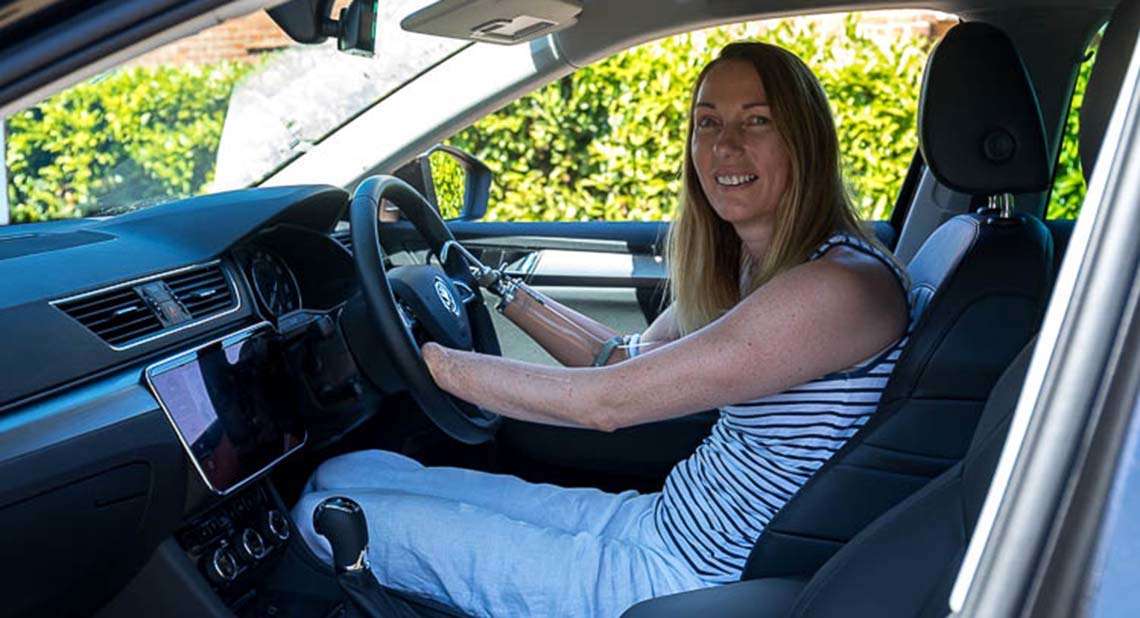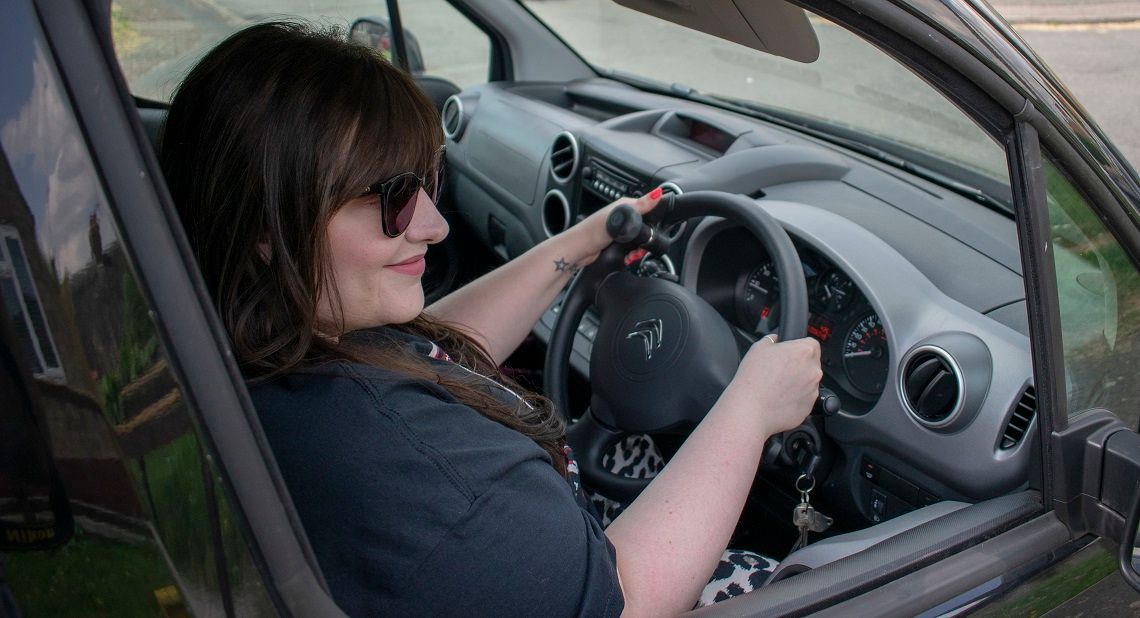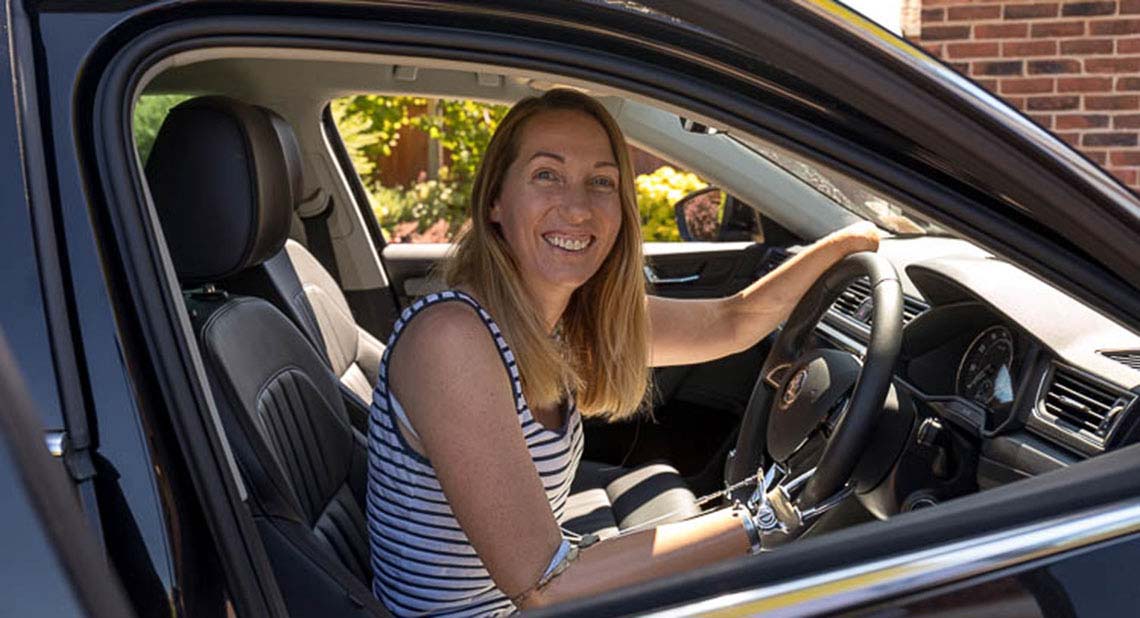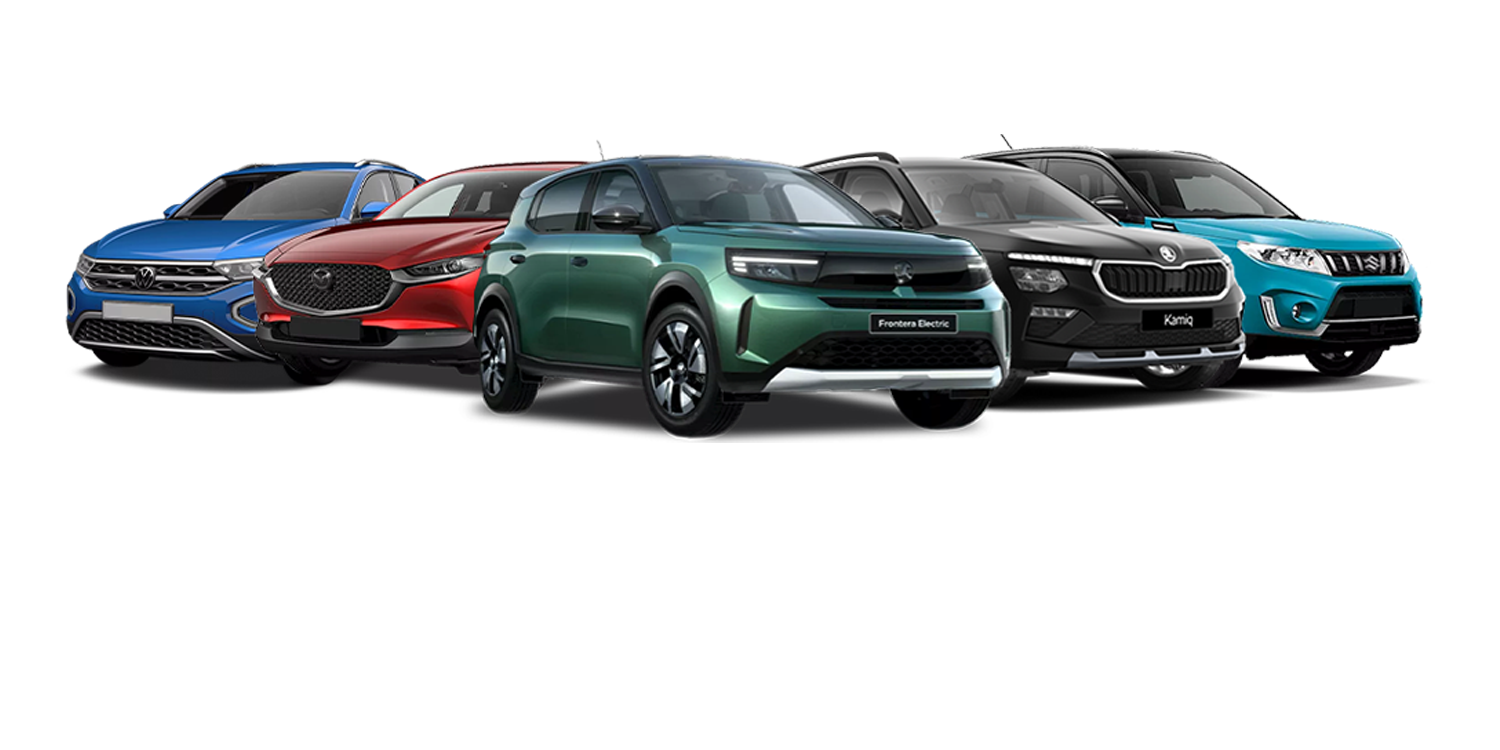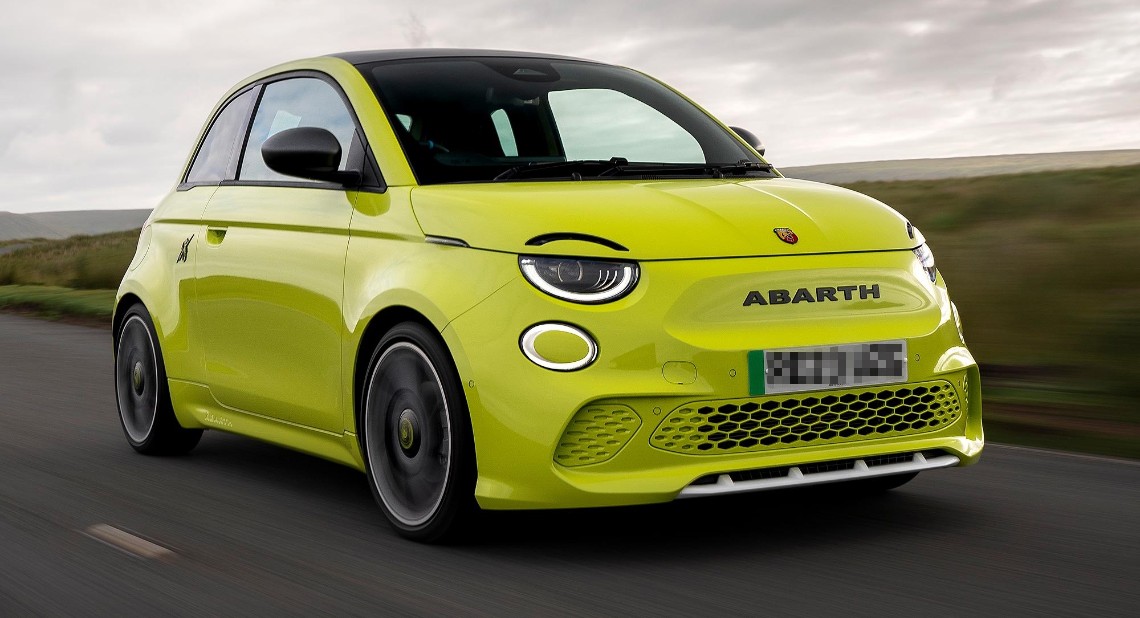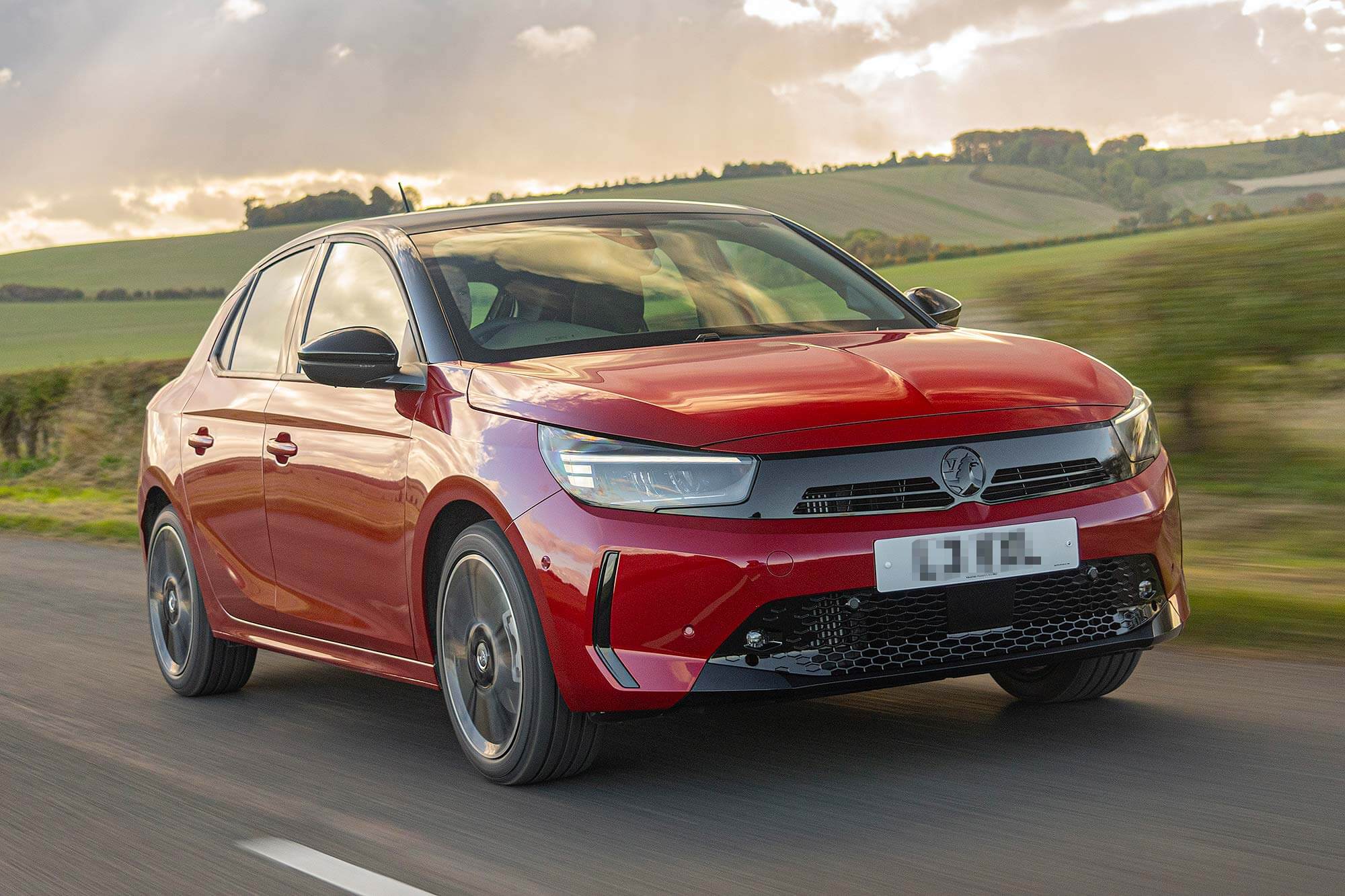Independent mobility consultant Helen Dolphin MBE recently renewed her Motability Scheme lease for the fourth time. In the second article of her journey on the Motability Scheme series, we asked Helen to share her advice on choosing the right adaptations.
Read ‘The beginning of my Motability Scheme journey’ if you missed the first article of the series
Adaptations are designed to help make your driving, or travelling, experience as comfortable as possible and depending on which adaptations you choose they can help you drive, stow your wheelchair or scooter, or get in and out of the car. Driving adaptations have enabled me and many other disabled people to drive. It can be a daunting thought, driving in a different way, but I don’t think it’s that much different from just driving a different car to the one you’re used to, where it seems all the controls are in the wrong place.
Choosing the right adaptations
Having been a disabled driver for nearly twenty years I know exactly what adaptations I need to drive. However, had you asked me when I was newly disabled what adaptations I needed I would have had no idea. All I knew was I needed some modifications as there was no way I could drive a standard vehicle. As I was referred by DVLA to a mobility assessment centre they decided what adaptations I would need to have fitted to enable me to be safe on the road. If you haven’t had a driving assessment requested by the DVLA you can ask the Motability Scheme to refer you to a Driving Mobility assessment centre where they can give you advice on what modifications you may need. If you live in Scotland, please refer to your GP and visit an adaptations installer for further advice.
Informing the DVLA
Anybody with a ‘notifiable’ medical condition or disability such as a physical disability or visual impairment must inform the DVLA if they have a driving licence. If your condition is worsening it’s also recommended that you should inform the DVLA to see whether there needs to be a review of your needs. I voluntarily surrendered my licence to the DVLA until I was able to be assessed for driving with a disability. After my assessment my licence came back with various codes on it which referred to vehicle modifications I must have to be able to drive legally. If any controls in your car require modification you should inform the DVLA who will ask you to complete a simple questionnaire. If you are in any doubt as to whether you should inform the DVLA about a disability or driving adaptation it is always best to do so.
Each time it comes to renewing my lease, as well as considering which make and model of car I might like, I’m also thinking about adaptations and whether I’ll change anything that I currently have fitted. At the moment I have push/pull hand controls, lightened power steering, a steering cup, indicators on my headrest and secondary controls built into my headrest. My driving controls are very similar to the adaptations that I got with my first Motability car in 1999. However, I have been able to forgo some of my earlier adaptations which lifted my powered wheelchair into my vehicle as I now use a manual chair. My driving adaptations have also reduced as cars now have far more intuitive controls fitted as standard. For example, with my latest vehicle push button start came as part of the standard controls, so I did not need to request it. My current car also has automatic headlight control and automatic windscreen wipers so although I still have the controls for these in my headrest I’m wondering if these are necessary on my next car given that I haven’t used them at all.
Although I’m happy with my current driving controls I always like to see what new modifications are available and the Motability Scheme’s One Big Days are a great place to see lots of adaptations and installers all in one place.
Learning to drive with adaptations
When I first had my modifications I had a lesson on the controls by the person who was installing the adaptations, but I was a bit worried as it seemed a long time between that and the car being delivered. However, I needn’t have worried as I still remembered how to drive, it was just the controls that were a bit different. The car wasn’t difficult to drive, if anything, my controls made it easier than driving a standard car as I literally just pulled a lever to accelerate and pushed it forward to brake. My advice to someone feeling a bit nervous about driving an adapted car is to arrange a few driving lessons to help you get your confidence. Once you’ve got a few miles under your belt, driving with adaptations will feel completely normal and you’ll be able to enjoy driving your car to all the places you want to go.
How the Motability Scheme could help
The Motability Scheme offers hundreds of adaptations ranging from simple driving controls to person hoists to lift a wheelchair user into a standard car. To find out what is available and how to go about adding adaptations to your current or next Scheme vehicle.
Want to find out more about the Motability Scheme?
The Motability Scheme offers an all-inclusive package that allows anyone in receipt of higher rate mobility allowances to use their mobility allowance to lease a car, scooter, powered wheelchair or Wheelchair Accessible Vehicle. The Scheme provides flexible and hassle-free access to a brand new, reliable vehicle of your choice – giving you greater freedom, everyday.
Find out if you’re eligible to join the Scheme
If you’d like us to send you more information about the Motability Scheme, request a free information pack below.
Get a free Scheme information pack
Related articles
My Motability Scheme journey: The beginning of my journey
An assessment with Driving Mobility
10 things to help you decide if the Motability Scheme is right for you
![]()
